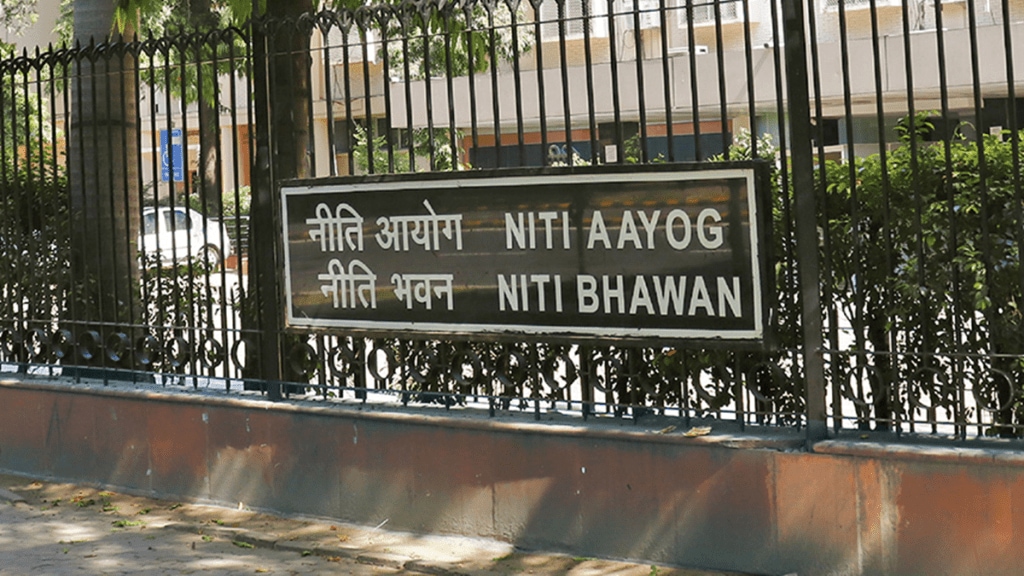India’s services sector has added nearly 40 million jobs in the past six years, with employment elasticity rising to 0.63 in the post-COVID recovery from 0.35, second only to construction, Niti Aayog said in a report on Tuesday.
The services sector employs nearly 188 million workers, contributes more than half of the national gross value added (GVA), and has proven itself to be resilient during crises such as the COVID-19 pandemic.
However, without structural reforms, the sector’s potential could be squandered in a cycle of low-quality job expansion, it cautioned in a report titled “India’s Services Sector: Insights from Employment Trends and State-Level Dynamics.”
The services employment share rose from 26.9% in 2011–12 to 29.7% in 2023–24. However, it still lags the global average of 50% share, reflecting a slower structural transition.
The sector’s employment footprint reveals a striking paradox: while services absorb one-third of India’s workforce, most jobs are concentrated in traditional, low-productivity segments such as trade and transport, where informality and vulnerability dominate. High-value services like IT, finance, healthcare, professional services create disproportionate economic value, but employ relatively few workers.
The report’s findings underscore three persistent challenges: widespread informality and poor job quality, deep gender and spatial divides, and regional divergence in opportunities.
“Addressing these will require a new policy approach that treats services as a central pillar of India’s employment strategy rather than as a residual sector,” it said.
The think-tank outlined a four-pillar roadmap. First, accelerating formalisation and extending social protection to self-employed, gig, and MSME workers is critical for improving job quality. Second, enabling women and rural youth to access high-growth services through targeted skilling, digital infrastructure, and safe mobility can unlock latent labour reserves. Third, investing in technology led skilling will prepare workers for the twin transitions of digitalisation and the green economy. Finally, balanced regional growth can be fostered by supporting service hubs in Tier 2 and Tier 3 cities and promoting state-level sectoral clusters
Niti’s second report “India’s Services Sector: Insights from GVA Trends and State-Level Dynamics” examines national and state-level trends to understand how services-led growth is unfolding across regions and whether states with lower initial shares in services are catching up with more advanced ones, an important indicator of balanced regional development.
The report finds a strong association between the average share of services in GSVA and average state per capita income levels. States and UTs with more developed service economies, such as Delhi, Chandigarh, Karnataka, Telangana, and Maharashtra, tend to record higher per capita incomes, supported by activities in IT, finance, and professional services.
“Stronger linkages between services and manufacturing—such as IT-enabled logistics, design and R&D services for industrial clusters, or financial intermediation supporting MSMEs can increase the developmental impact of services, generating multiplier effects across the economy,” the report noted.
By positioning the services sector as a purposeful driver of productive, high-quality, and inclusive jobs, the report underscores its centrality to India’s employment transition and its pivotal role in realising the vision of Viksit Bharat @ 2047.
The services sector has become the cornerstone of India’s economic growth, contributing nearly 55% of national GVA in 2024–25.

